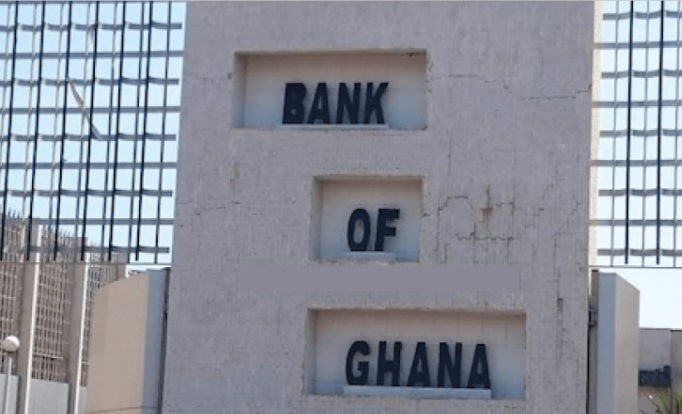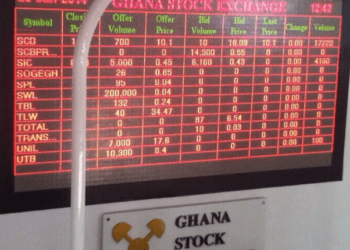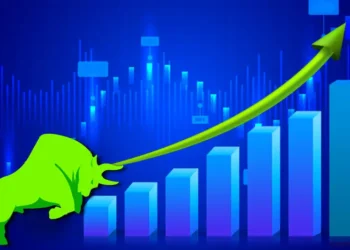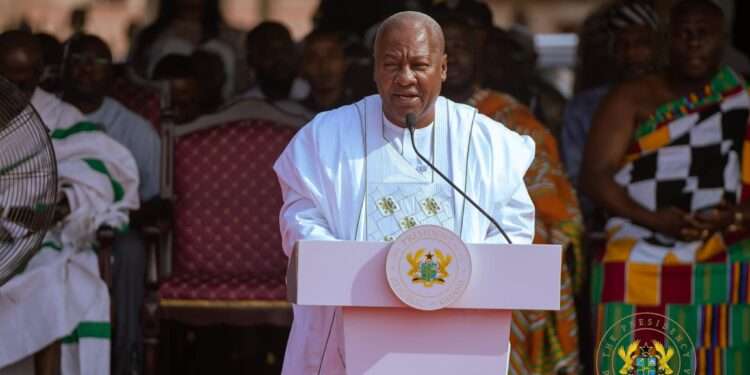The Bank of Ghana has asserted that on the commodities market, price trends traded mixed in 2020, influenced by COVID-related global market conditions.
Crude oil prices witnessed a year-to-date decline of 22.9 percent in December to close the year 2020, with its average price inching down to US$50.2 per barrel, compared with US$65.2 per barrel in December 2019.
The decline was driven mainly by weak demand owing to the coronavirus pandemic with its adverse economic impacts that hit the entire world affecting global markets.
In contrast, gold prices went up by 25.4 percent to an average of US$1,857.2 per fine ounce. According to the central bank the sudden spike in gold prices were strongly supported by accommodative monetary policy, increased uncertainty, and the global economic slowdown due to the pandemic.
Due to the pandemic, the Monetary Policy Committee reduced the policy rate by 150 basis points (1.5%) from 16 percent to 14.5 percent in March 2020 and has kept it as for the fifth consecutive time.
Cocoa prices averaged US$2,581.3 per tonne in December 2020 as against 2518.4 per tonne recorded in December 2019, representing an upsurge of approximately 2.5 percent on a year-on-year basis.
“These commodity price developments impacted on the trade balance,” the Bank of Ghana remarked adding that “Total exports contracted by 7.8 percent year on-year to US$14.5 billion in 2020, driven mainly by a significant decline of US$1.6 billion in crude oil export receipts on the back of low prices.
“Gold and cocoa export earnings on the other hand, went up by 9.1 percent and 2.1 percent respectively, due to favourable prices and production volumes.
“Total imports went down by US$974 million to US$12.4 billion, underpinned by significant declines in both oil and non-oil imports. Consequently, the trade balance recorded a lower surplus of US$2.0 billion (3.0 percent of GDP) in 2020, compared with US$2.3 billion (3.4 percent of GDP) in 2019”.

Analysts hold that Gold also had one of the lowest drawdowns during the year, thus helping investors limit losses and manage volatility risk in their portfolios.
With Investors’ preference for physical and physical-linked gold products last year further supports anecdotal evidence that, amid the global crises, gold was used by many as a strategic asset rather than purely as a tactical play.
However, rising COVID-19 cases and a reportedly more infectious new variant of the virus created a renewed sense of caution. Yet, with all these happening the first week of 2021 have deterred investors from maintaining or expanding their exposure to risk assets.
Market surveys indicate that most economists expect growth to recover in 2021 from its dismal performance last year. And although global economic growth is likely to remain anaemic relative to its full potential for some time, gold’s more stable price performance since mid-August may foster buying opportunities for consumers.
Organization of the Petroleum Exporting Countries (OPEC) has also revealed that oil prices which hit historic lows last year as demand collapsed due to the pandemic have picked up in the year 2021 due to output cuts implemented.





















